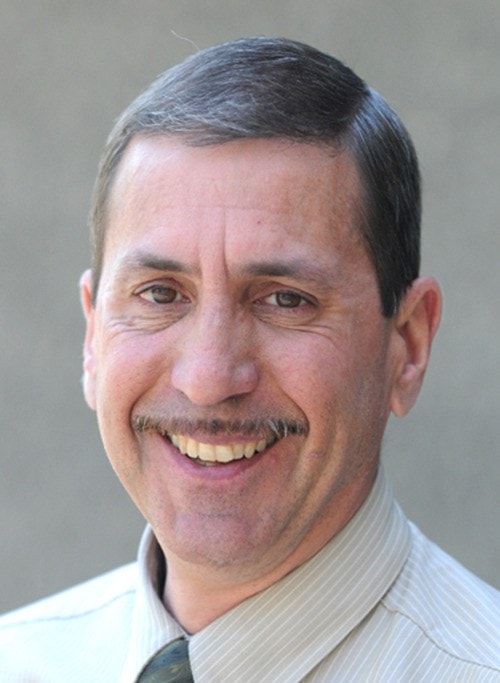Five-year-old Adam pushed his way into a lineup of kids. Rebuked by a nearby mother for his intrusion, he stuck out his tongue and ran off.
The irked woman spat a remark at Adam’s mom, Amanda.
“Your son is a monster.”
Just another painful moment in a lifetime of struggle for a parent of a young child with a mental disorder.
One more sharp reminder for Amanda that the monster is not her son; it is the depth of mental health issues among B.C.’s children and youth, and the lack of help.
Adam is among an estimated 80,000 kids in this province who experience some sort of mental disorder.
Of those, more than 50,000 do not get specialized assistance. Many don’t even get a diagnosis.
If those statistics seem staggering, so is the government response to the issue.
In the past seven years, Children and Youth Mental Health spending rose by a paltry $4 million. Of the total provincial budget, CYMH comprises 0.2 per cent.
In that period, the number of front-line CYMH psychologists dropped from 37 to 33. Front-line nurses went from 59 to 42, although the number of supervising nurses crept from seven to 10.
What has ballooned in the past seven years, though, is the legion of children needing specialized diagnosis and treatment.
Perhaps it’s a greater awareness on the part of parents that some child behaviours are indicators something is seriously amiss.
Likely, it’s also identification by teachers better equipped to recognize mental disorders, and who make referrals or requests for special needs assistance in the classroom.
Whatever the factors, there can be no doubt that government services fall appallingly short of dealing with children’s mental health issues.
There’s no shortage of professional reports and expert voices that support that statement – among them B.C.’s Representative for Children and Youth, Mary Ellen Turpel-Lafond, who has repeatedly identified the CYMH system as failing.
For much of society, it all falls into the category of too bad, but it’s “their problem.”
Yet, like so many of social ills, it is really everyone’s problem.
Why?
Children with mental disorders who go undiagnosed and untreated don’t get better on their own. Mental health issues rarely go away with age.
In fact, they usually worsen.
And that makes government inaction and anemic funding response a financial fallacy and a social crime.
Providing specialized services to mentally ill children is expensive, yes. The cost of failing to treat is far greater.
In classrooms, special needs kids divert teachers’ time and attention from other students. That can affect the quality of education for the entire class.
Intervention and treatment for any human ailment is virtually always easier and less expensive earlier rather than later. Certainly that must be so for mental health.
As the teen years progress, so does the potential for mental disorders to become exacerbated by peer pressures, exposure to drugs and alcohol, and frustration with social identity and acceptance, to name just a few of the increasingly complex factors.
Young adults are less inclined to maintain consistent counselling sessions.
When mental health problems begin to manifest in a larger context, the potential for severe situations also increases.
Homelessness would be one.
Many of the people living on the street and under bridges in this city suffer from mental illness. Likely they did as children as well.
Criminal activity would be another. Homelessness is mundane compared to the cost of crime in terms of enforcement, justice and incarceration.
And then there’s the potential of violence, which can carry a price beyond value.
It brings new meaning to the expression, “Pity the children.”
